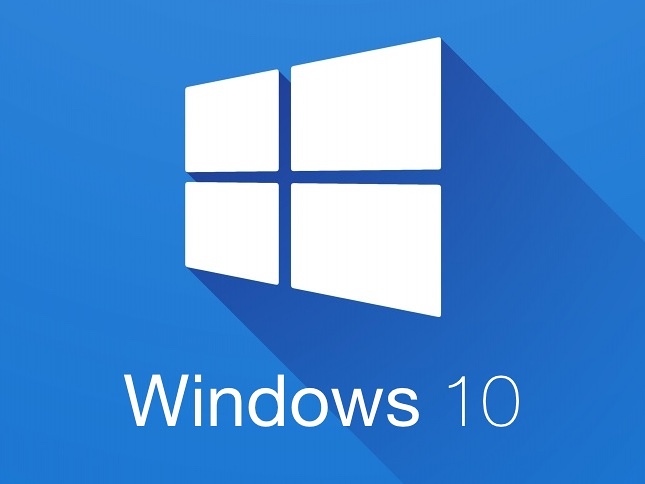The Windows 10 Countdown: Why Canadian IT Teams Need a Strategic Partner for Windows 11 Migration
For Canadian IT teams, the countdown to Windows 10 end-of-life has already begun. Between stricter cybersecurity mandates, compliance pressures, and aging infrastructure, this isn’t just an update—it’s a turning point.
You’re already in the middle of it. The real question is: who’s got your back when things get serious?
Why the Windows 11 Upgrade Isn’t “Just Another Update”
Let’s be clear—migrating to Windows 11 isn’t a weekend project.
It involves new hardware requirements, software compatibility testing, and significant operational risk if even one endpoint fails.
At RoundAssist, we help internal IT teams lead this transformation confidently. Through co-managed IT services, we provide the horsepower for execution, asset management, and compliance—so you don’t end up scrambling in Q4 when supply chains stall and support deadlines close in.
The 10-Step Windows 11 Action Plan for Canadian Businesses
1. Confirm Device Eligibility
Windows 11 demands modern hardware: at least 11th Gen Intel or Ryzen 5000 CPUs, 16GB RAM, and SSD storage. Any device older than five years should be considered for replacement. Assess your fleet now—don’t wait until rollout week to find out you’re non-compliant.
2. Check Application Compatibility
Legacy apps can derail deployment. Test mission-critical systems early—especially custom or compliance-sensitive software. Loop in vendors for patches or updates. Apps like Microsoft 365, QuickBooks, and EMRs may require adjustments to stay functional.
3. Secure Your Hardware Early
Hardware shortages are real. Lead times for compliant devices in Canada can stretch from 2–5 weeks. RoundAssist clients pre-order through our partners to lock in pricing, receive white-glove configuration, and secure asset tagging before the rush.
4. Treat the Migration as a Business Project
This isn’t just an IT initiative—it’s an enterprise risk. Assign executive oversight, involve finance and compliance, and define success metrics. RoundAssist’s project management and co-managed IT support ensure your migration stays on track and audit-ready.
5. Validate and Test Your Backups
A backup is only useful if it restores correctly. Before rollout, test and verify your restore points. Simulate data loss scenarios to confirm your disaster recovery plan works when you need it most.
6. Build a Staged Rollout Plan
Avoid upgrading everything at once. Start with low-risk groups or departments, gather feedback, and fine-tune your process. A phased deployment minimizes downtime and user disruption.
7. Prepare and Train End Users
Most migration challenges come from poor communication. Train your staff on what’s changing, where to get help, and how to adapt. RoundAssist’s support desk assists internal teams with ticket spikes and user training during migration weeks.
8. Revalidate Compliance Settings
Post-upgrade, confirm that firewall, EDR, encryption, and group policies remain active. RoundAssist performs compliance rechecks after every deployment to ensure your environment meets PHIPA, PIPEDA, and PCI DSS standards.
9. Maintain Your Audit Trail
Document everything—asset logs, configuration changes, and risk registers. Proper documentation keeps you audit-ready and reduces compliance risk. RoundAssist builds audit reporting into every rollout.
10. Decommission Old Devices Securely
Retired hardware can become a data breach waiting to happen. RoundAssist provides secure wipe, serial tracking, and eco-friendly disposal—with full chain-of-custody reports to protect your organization.
Why Co-Managed IT Changes the Game
Even the strongest internal IT teams face bandwidth limits. Co-managed IT from RoundAssist bridges that gap—offering execution support, advanced tools, and governance expertise while your internal team retains control.
We don’t just hand you a checklist. We partner with your IT department to manage procurement, testing, deployment, and compliance—with reporting that makes your team look great when leadership asks, “Are we ready?”
FAQs: Windows 11 Migration for Canadian Businesses
When does Microsoft end Windows 10 support?
➡️ October 14, 2025. After that date, security updates stop—leaving systems exposed to vulnerabilities.
Can I continue using Windows 10?
Technically yes—but it’s strongly discouraged. Unpatched devices become prime ransomware targets.
What hardware do I need for Windows 11?
Minimum: 11th Gen Intel or Ryzen 5000 CPU, 16GB RAM, SSD, TPM 2.0, and UEFI firmware.
Will my current software work on Windows 11?
Not always. Some older or custom applications require updates or replacements. Test compatibility early.
How can RoundAssist help?
We handle end-to-end Windows 11 migration—hardware procurement, compatibility testing, staged rollouts, security checks, compliance documentation, and user support—all aligned with your internal IT strategy.
Don’t Just Migrate—Modernize
Windows 10’s end-of-life isn’t a crisis. It’s a strategic opportunity to modernize your infrastructure, strengthen compliance, and reduce long-term risk.
With RoundAssist as your partner, your Windows 11 migration becomes a launchpad for modernization—not just another IT project.


